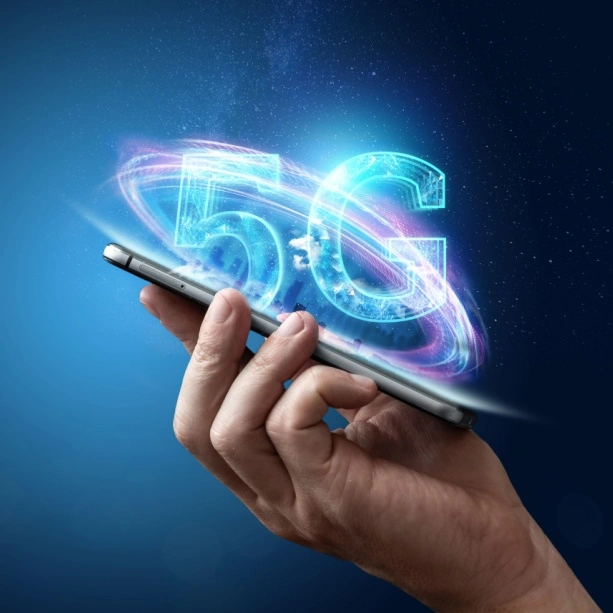When we look back at wireless advancements over the last couple of years, one trend stands out over others. Developers could see that something was lacking. Poor coverage, bad sound quality, and slow transfer speeds have plagued the modern world for many years. Then came 5G. A wireless standard that people could only dream of. What can the current generation of cellular technology provide for IoT (Internet of Things)? Well, we can expect it to take IoT to the next level.
5G Speed
According to data-alliance, 5G has the upper hand against currently used standards (4G/LTE). This upper hand is true for industry and consumer IoT applications. So, what exactly is 5G capable of doing? First, let’s talk about speed. To determine how successful any IoT can be is based on its performance. How well does it communicate with other devices such as smartphones, tablets, websites, etc.? 5G allows for increased data-transfer speeds, and according to Vodafone, it can reach speeds up to 10 times faster than 4G. 5G technology offers a low latency rate (delay between sending and receiving data) that allows necessary data to transfer in near real-time.
5G Reliability
One of the use cases for 5G technology is enhanced Mobile Broadband (eMBB). This broadband means data-driven applications such as hot spots, public transportation, smart offices, and large-scale events can depend on a reliable connection. EMBB technology enhanced with 5G will allow “user mobility up to 500km/h in moving vehicles and heavy construction machinery”. This technology allows for better team collaboration and access to remote areas.
Join the AirFinder Difference!
- Innovation. Organizations can be freed up to innovate and bring more impactful products and services to market.
- Profitability. Increased profitability provides new opportunities to innovate and improve valuation.
- Digital Transformation. Discover competitive advantages, new revenue opportunities, improved customer relationships and increased efficiency.
The Future of 5G in IoT
As 5G continues to develop and incorporate other capabilities such as NB-IoT, it is safe to say that more use cases can pop up soon. Digital transformation will accelerate due to the technology’s capabilities. In the streaming world, users will have the bandwidth and data rates that they need. As network quality improves, healthcare services such as telehealth and remote monitoring will get better and better. For workplaces in industries such as manufacturing and logistics, this enables their companies to provide proper visibility over their work processes and shipments through improved asset tracking.
Book a Demo with Link Labs
Cellular technologies and IoT can combine to create asset tracking solutions. With AirFinder Everywhere, these solutions can be affordable. This affordable solution works for both indoor and outdoor asset tracking. If you are interested in learning more, check out Link Labs or book a demo with one of our experts.




